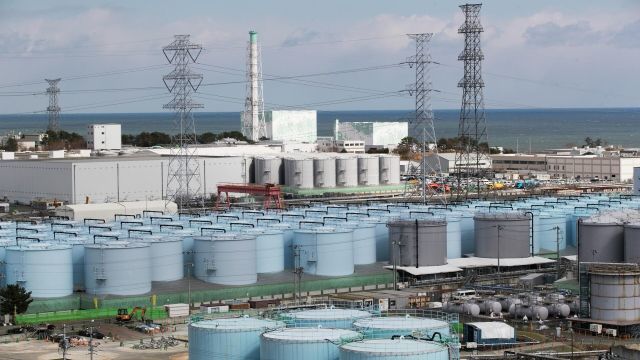MOSCOW, July 17/ Radio Sputnik. Scientists from the A.P. Alexandrov Research Institute of Technology (NITI) showed the journalists of the Zvezda TV channel "sacrificial material" developed to prevent the consequences of leaks at nuclear power plants.
The properties of the material were checked by recreating the "little Chernobyl" in the laboratory. At a temperature of about 2,500 degrees Celsius, scientists studied the interaction of the melt with various materials.
In March 2011, after the largest earthquake of magnitude 9, a giant tsunami wave, up to 15 meters high and higher, hit the northeast of Japan.
The water flooded the power supply system of the Fukushima-1 nuclear power plant and disabled the reactor cooling system.
During the accident, hydrogen explosions occurred at the first, third and fourth reactors. To prevent the release of radionuclides, a protective dome was erected over the power unit.
The accident at the plant was recognized as the largest after the Chernobyl accident.
After decontamination, residents of nearby houses were allowed to return home. However, some areas still remain uninhabitable.
According to the estimates of the operator of the Fukushima-1 nuclear power plant, the TERSO company, the final elimination of the consequences of the accident may take up to 40 years.
The victims of the natural disaster, taking into account the missing, were 22.2 thousand people.
In March, Sputnik radio reported why a fire alarm went off at the Fukushima-1 nuclear power plant.

